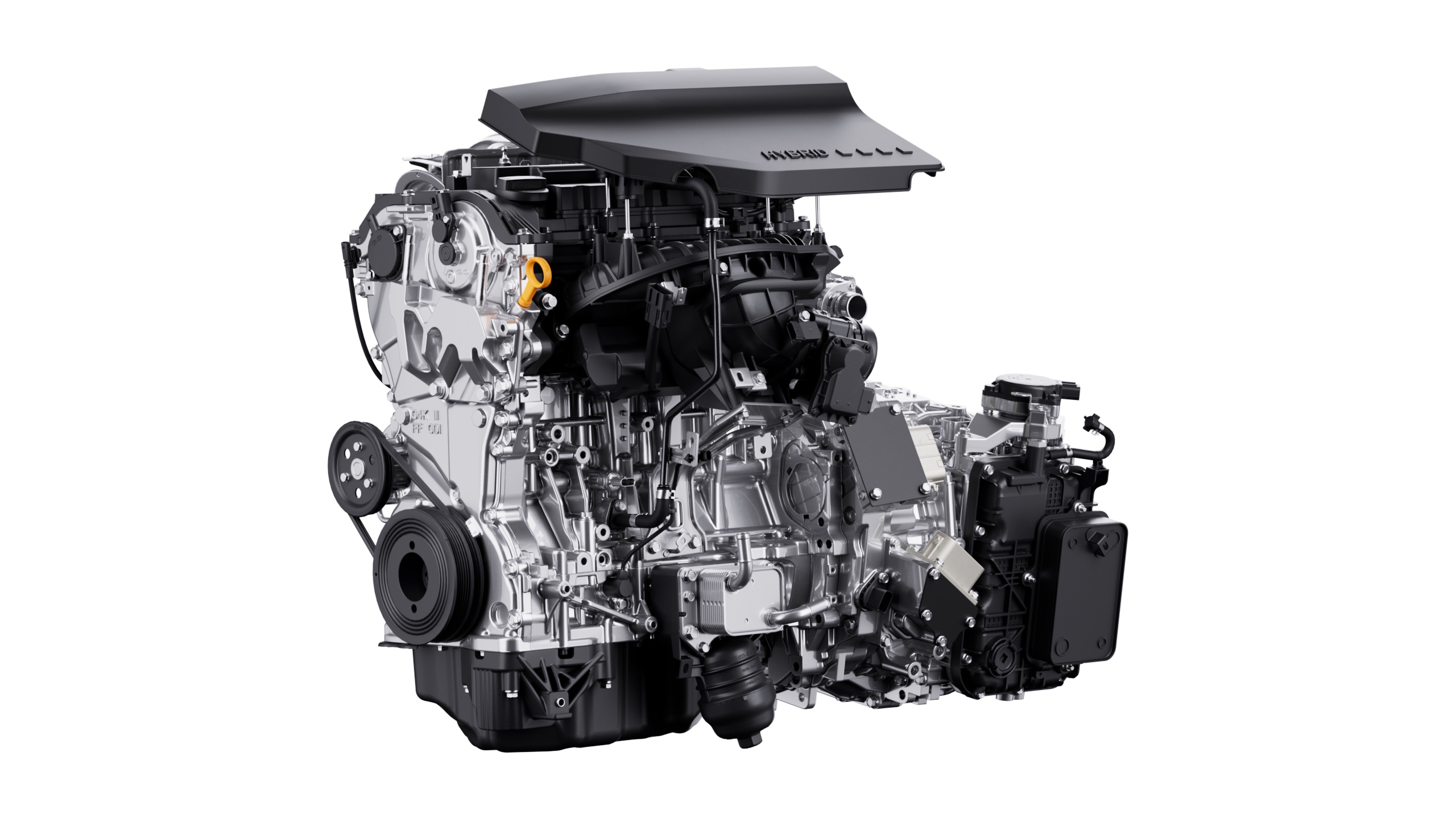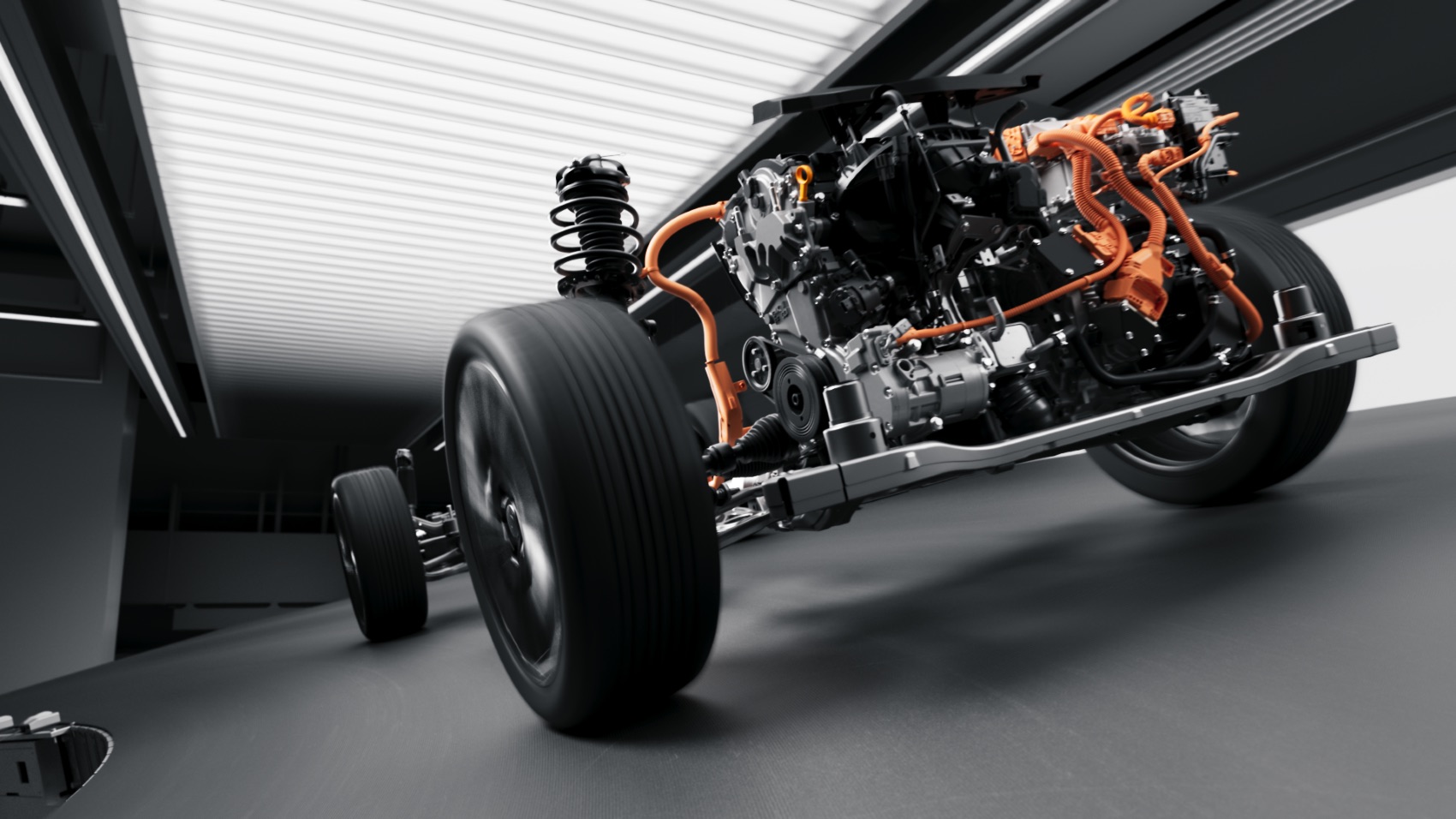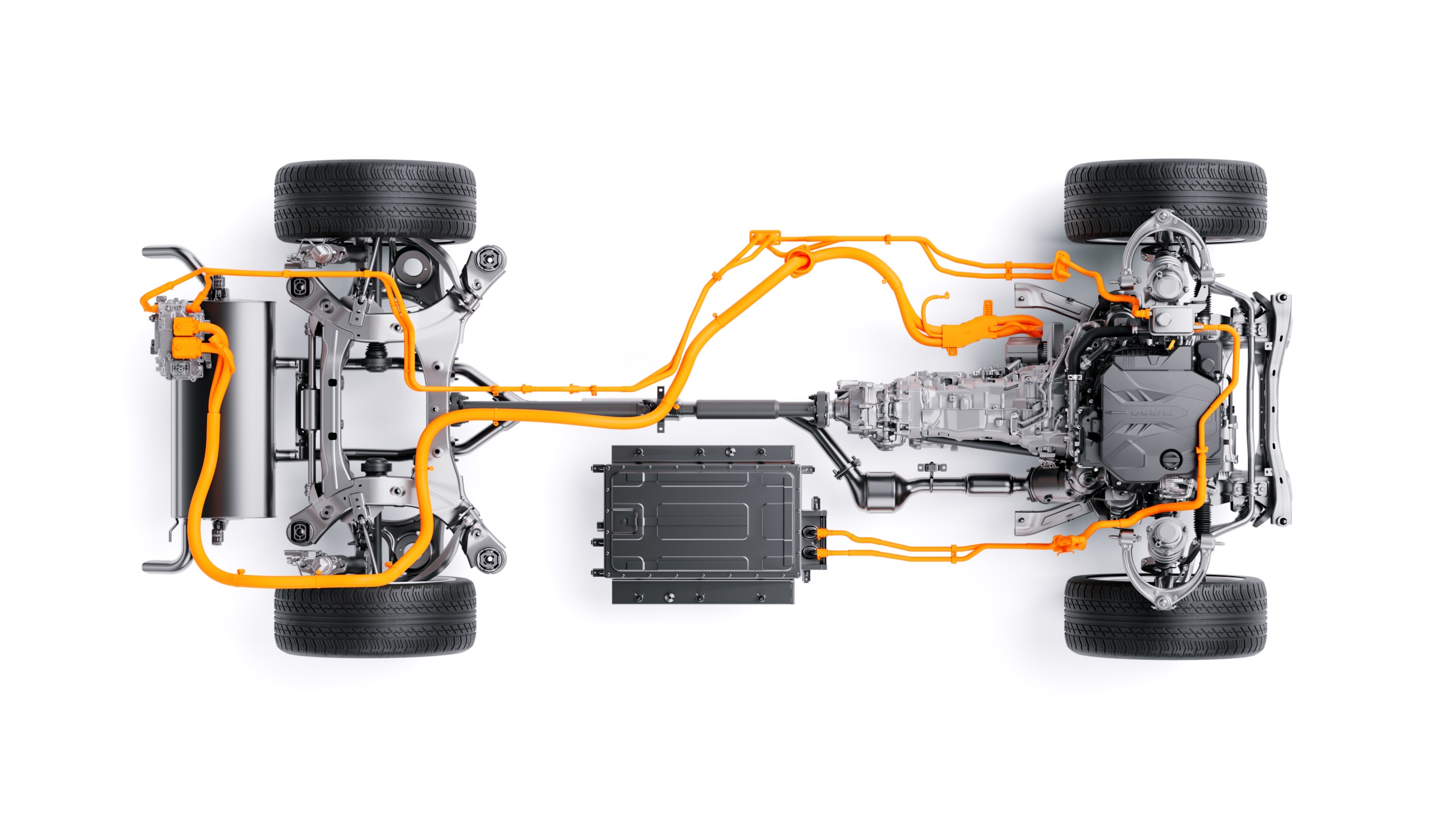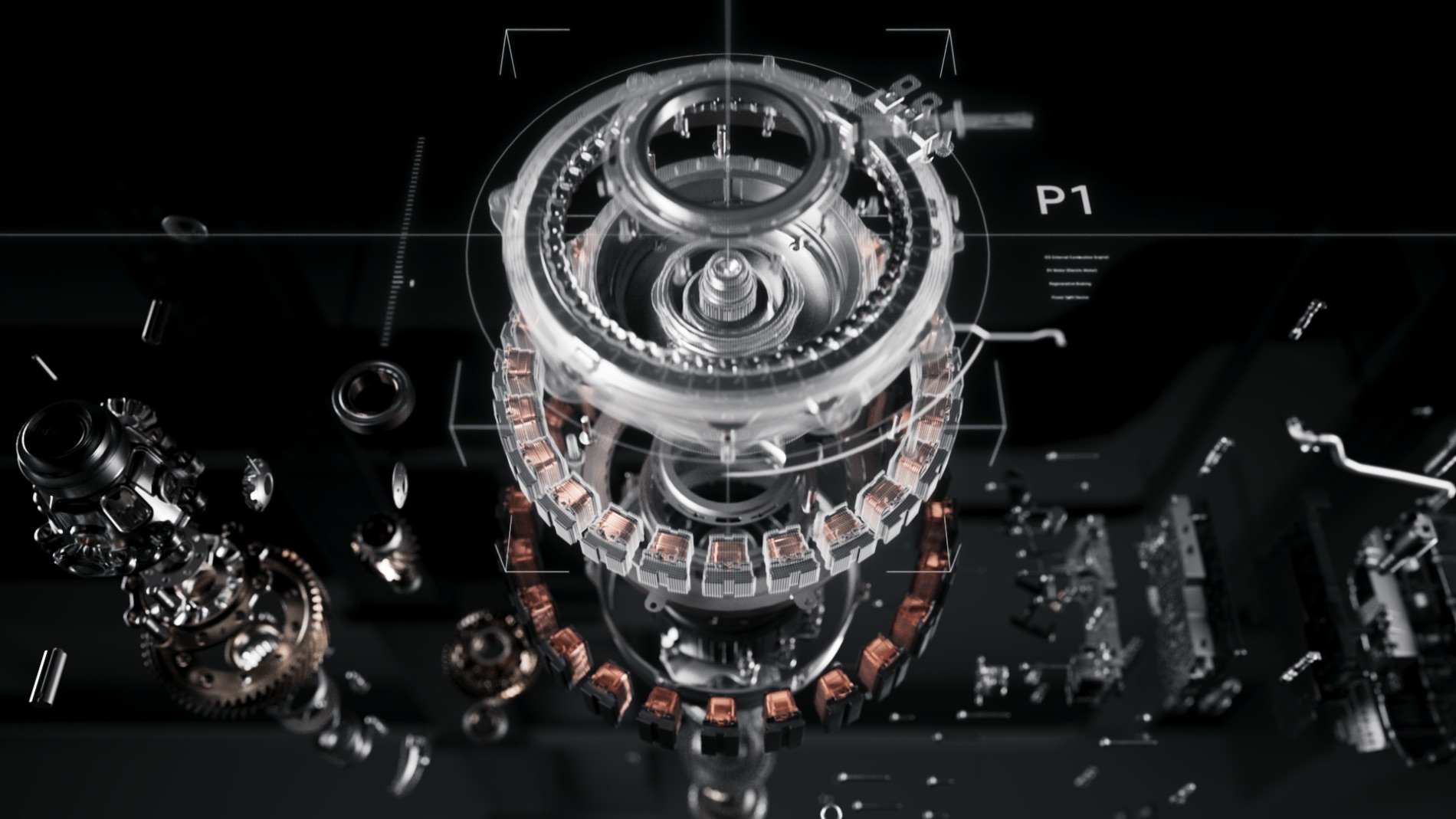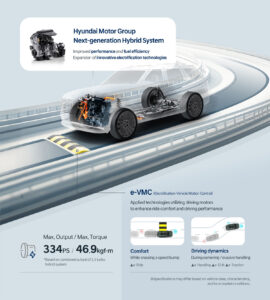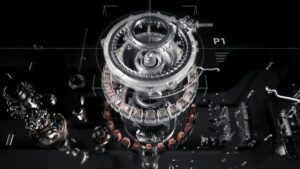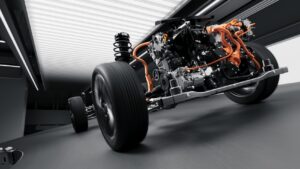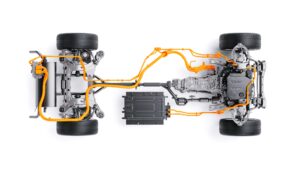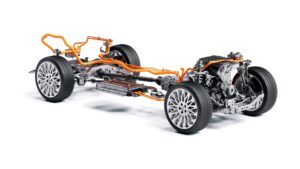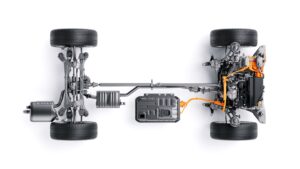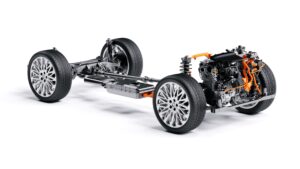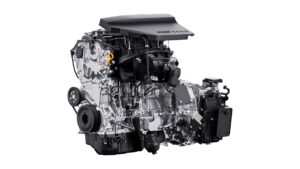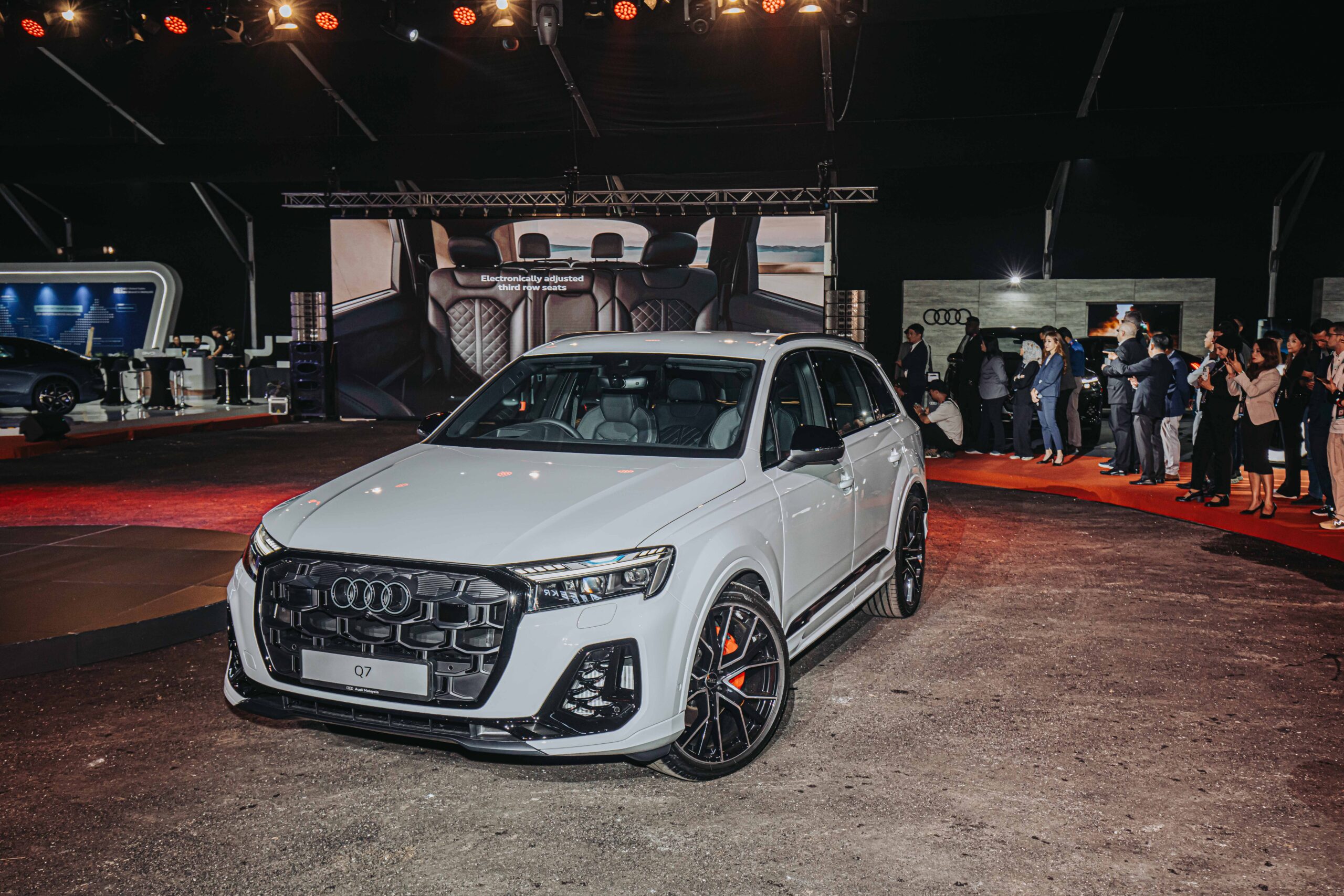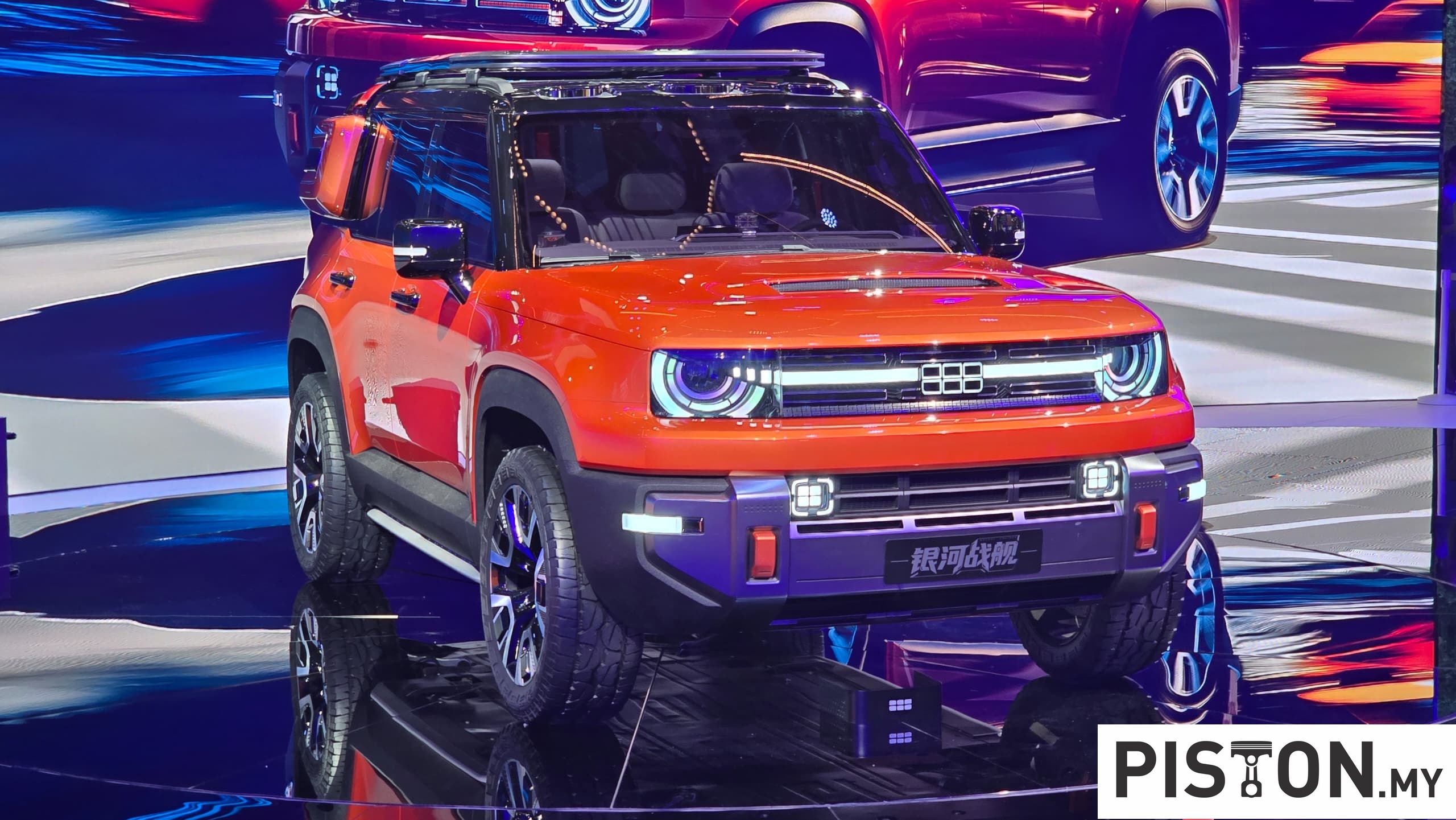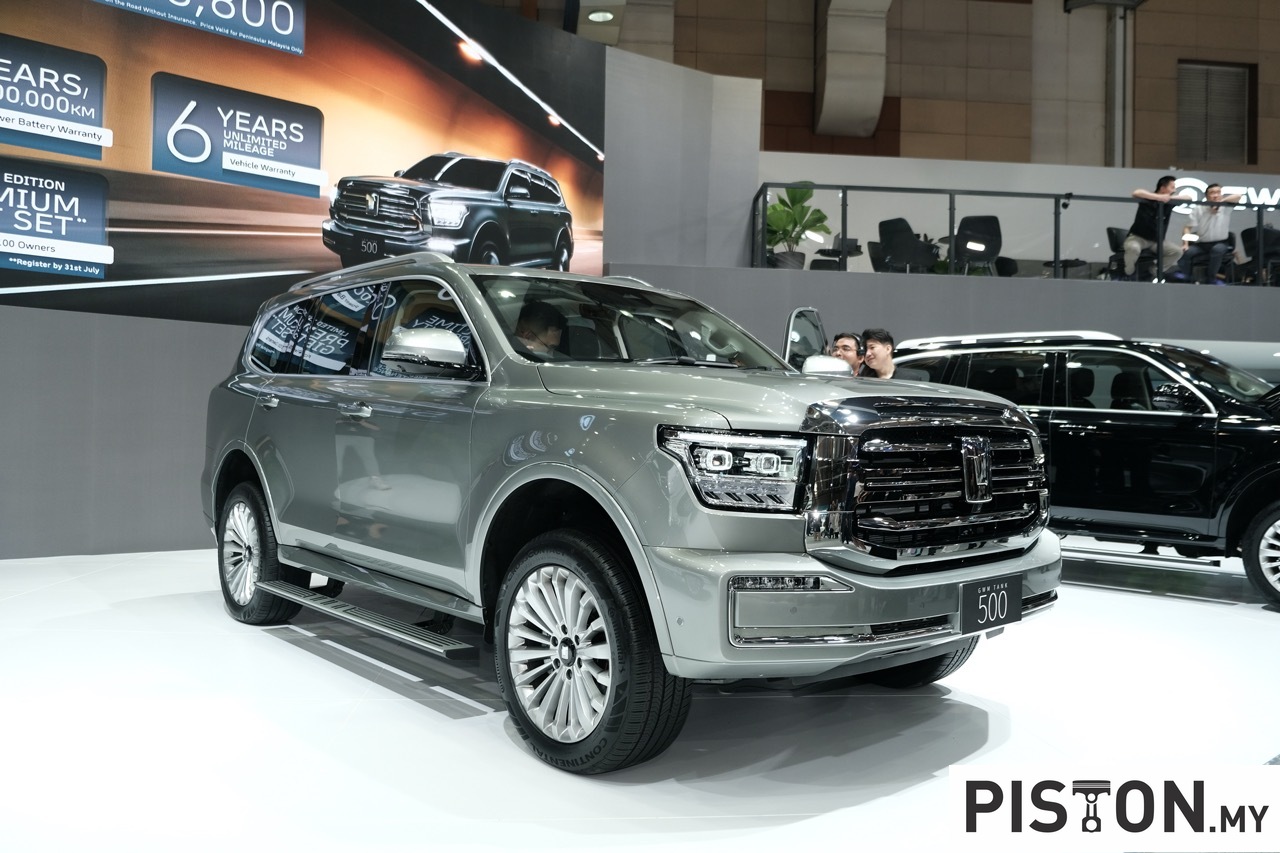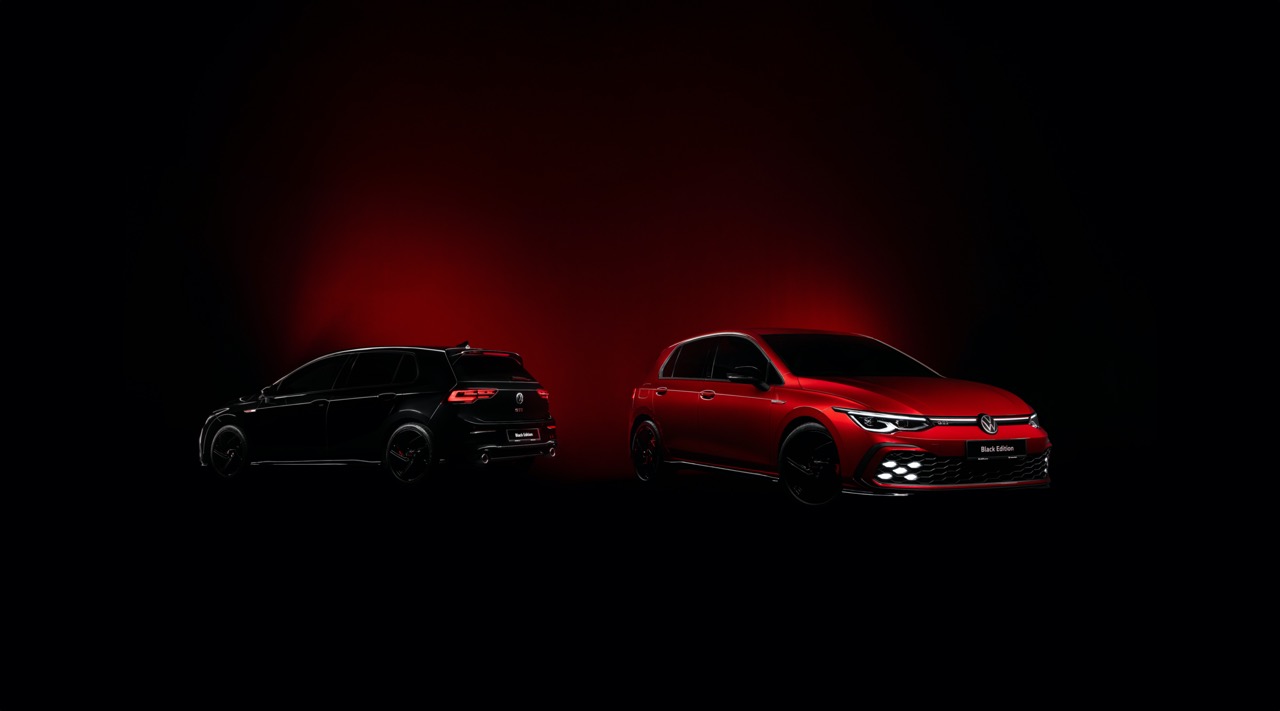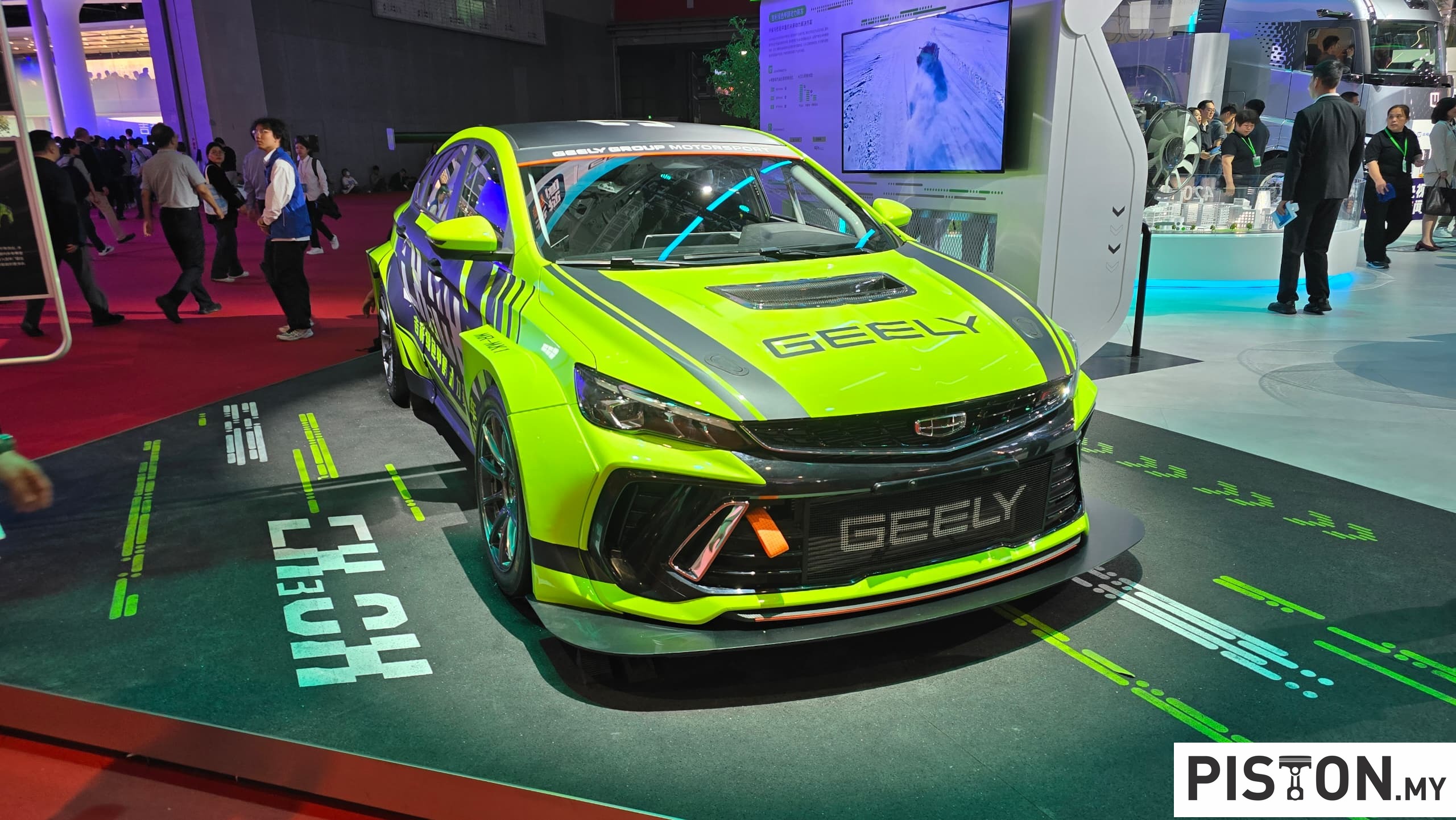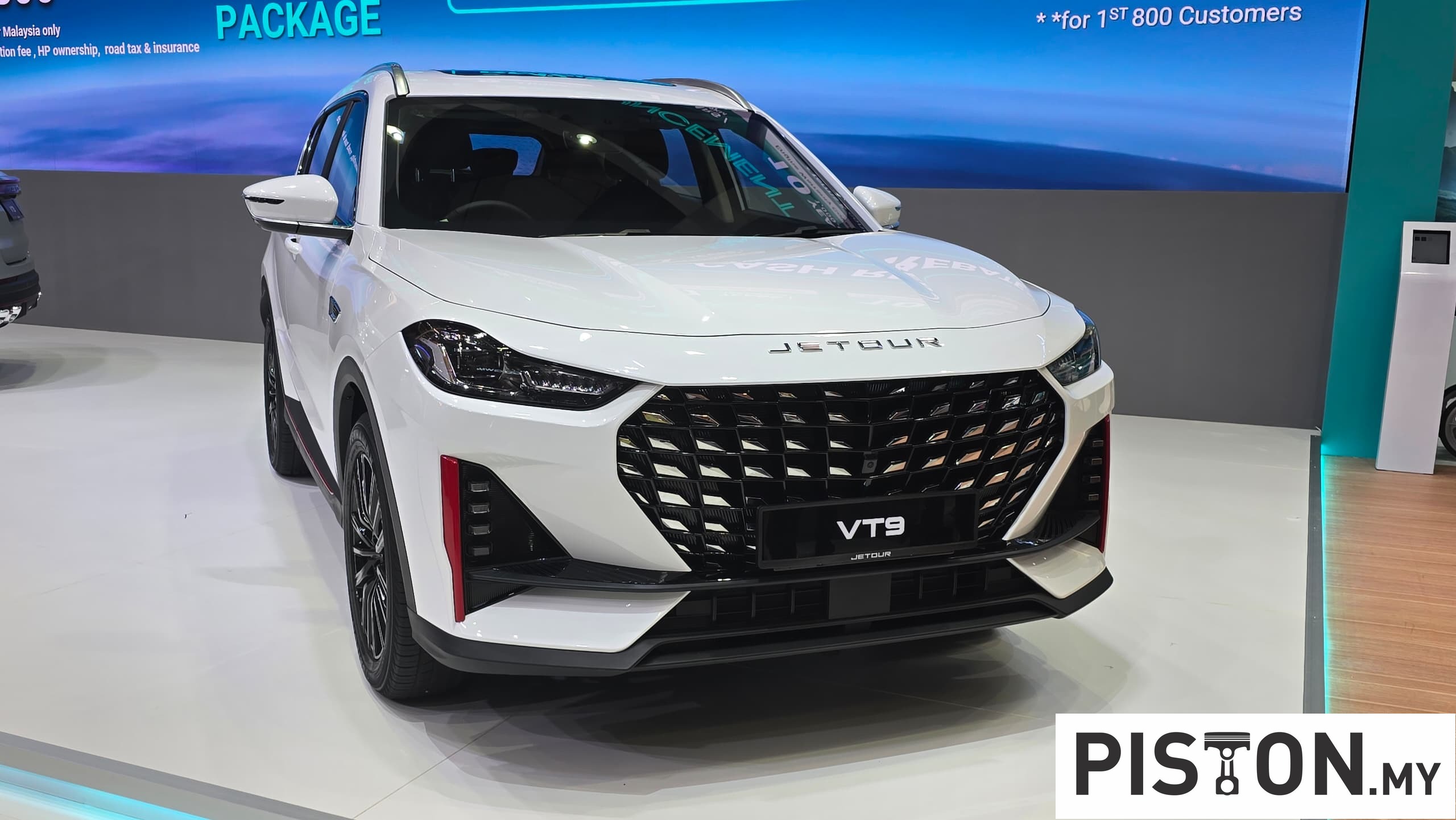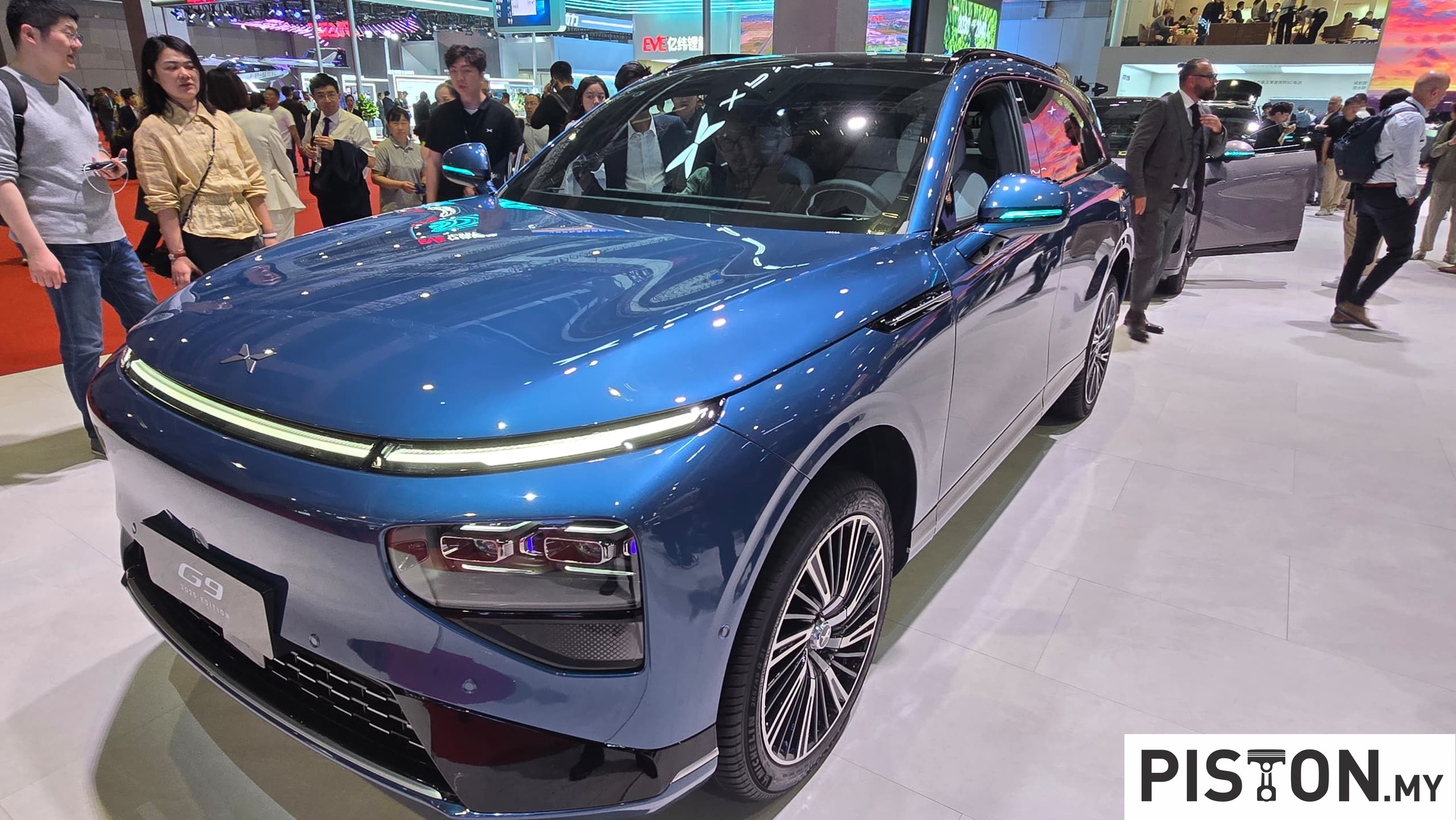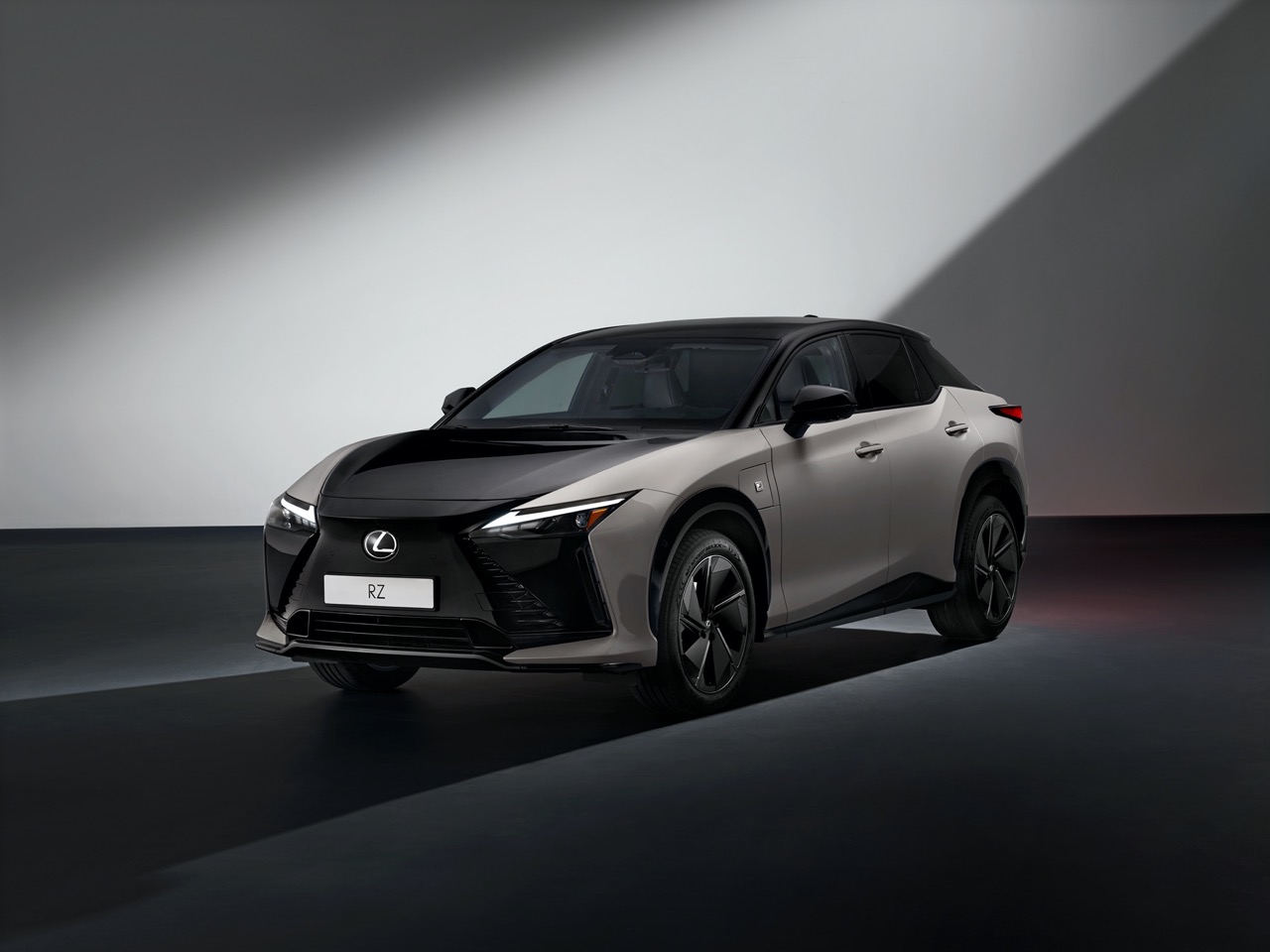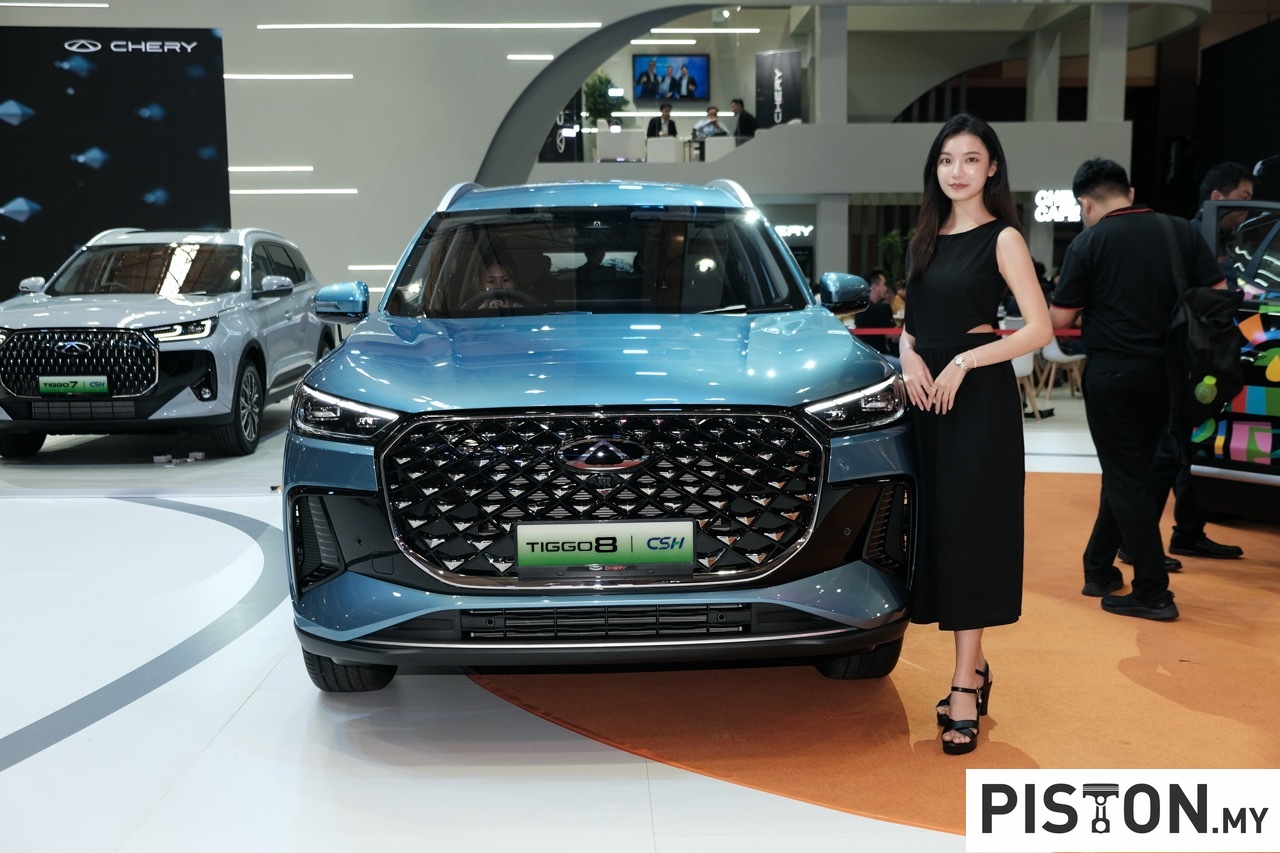In a move poised to redefine the hybrid segment, Hyundai Motor Group has introduced a ground-breaking hybrid powertrain that merges high-performance capability with everyday usability. The Korean automotive giant’s latest development marks a pivotal step in the evolution of electrified vehicles, aiming to deliver the benefits of full electric motoring without the limitations of charging infrastructure.
The newly engineered system centres on a dual-motor setup paired with optimised internal combustion engines. This advanced configuration ensures seamless transitions between petrol and electric power, offering spirited performance alongside notable improvements in fuel economy. Hyundai’s engineers have reduced mechanical complexity in the design, prioritising long-term reliability and ease of maintenance—two areas where conventional hybrids often draw scrutiny.
At the heart of the new system is a 2.5-litre turbocharged hybrid engine, producing an impressive 334 PS and 460 Nm of torque—figures typically associated with performance SUVs. Yet, despite its muscular output, the unit boasts a remarkable 45 per cent improvement in fuel efficiency compared to standard turbocharged engines. This leap in efficiency is attributed to a suite of cutting-edge technologies, including an advanced over-expansion cycle and a high-precision fuel injection system designed to extract maximum energy from every drop of fuel.
However, Hyundai’s vision extends beyond performance statistics. The hybrid powertrain incorporates a suite of intelligent features designed for real-world convenience. Predictive energy management evaluates upcoming driving routes to optimise power distribution between electric and petrol modes. Meanwhile, a newly developed ‘stay mode’ enables drivers to keep the climate control and infotainment systems running while the engine remains off—ideal for school runs, rest stops, or waiting in traffic.
Another standout innovation is vehicle-to-load (V2L) functionality, which transforms the hybrid into a mobile power source. This capability allows users to charge external devices, power camping equipment, or provide electricity during emergencies—effectively broadening the hybrid’s utility far beyond commuting.
Hyundai has also integrated performance-focused features into the new system, enhancing safety and dynamic control. The hybrid models benefit from torque vectoring for improved handling in emergency manoeuvres, while intelligent all-wheel-drive enhances stability in challenging weather. Engineers have worked to reduce body roll, giving hybrid variants greater composure in corners compared to their conventional counterparts.
This development reflects Hyundai’s strategic approach to the future of electrification. Rather than moving entirely away from combustion technology, the brand is channelling its engineering expertise into creating hybrids that are both cleaner and more capable. This pragmatic direction acknowledges the uneven progress of charging infrastructure across global markets while delivering meaningful reductions in emissions and fuel consumption.
The hybrid system will make its debut in the Hyundai Palisade SUV and is expected to be rolled out across various Hyundai and Kia models in the near future. Premium Genesis vehicles are also slated to receive bespoke versions of the powertrain, tailored to meet luxury performance expectations.
Industry observers note that this innovation could give Hyundai a decisive edge in regions where electric vehicle adoption is limited by charging availability. By bridging the gap between traditional engines and full EVs, the company’s latest hybrid offering stands as a compelling alternative for drivers seeking sustainability without compromising on performance or practicality.
As the global automotive sector continues its journey toward electrification, Hyundai’s forward-thinking hybrid strategy reaffirms that internal combustion engines, when paired with intelligent electric systems, still hold significant relevance in the modern motoring landscape.




